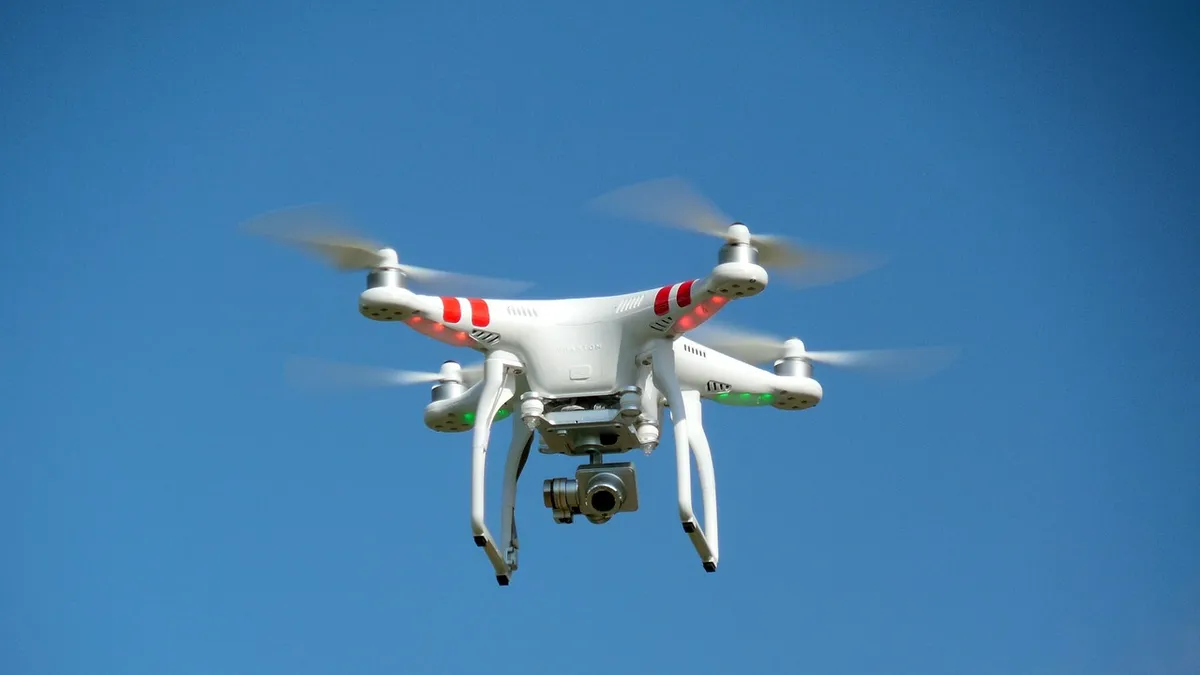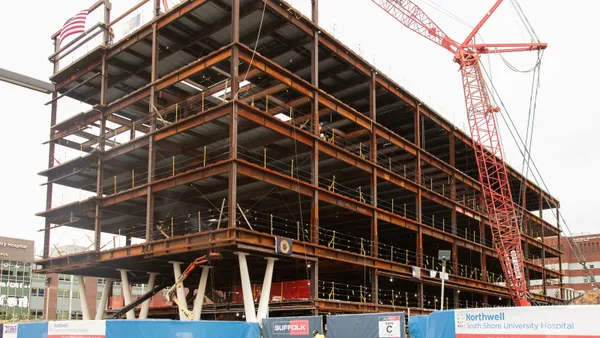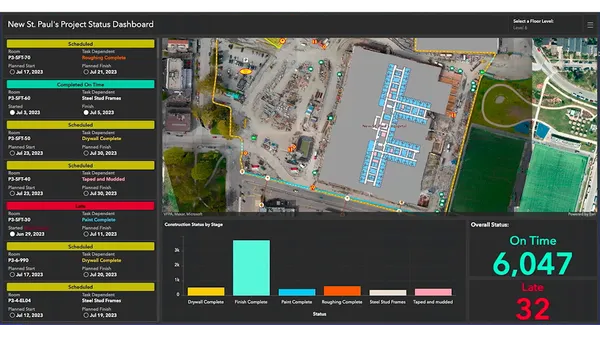Dive Brief:
- Elaine Chao, President-elect Donald Trump’s pick for U.S. Secretary of Transportation, will be uniquely positioned to influence commercial drone use if she is confirmed by the Senate, The Los Angeles Times reported.
- The former labor secretary is not overbearing when it comes to regulations, so commercial drone rules could see an expansion under her oversight, industry insiders told The Times.
- A more liberal approach to commercial drone regulations, particularly in the areas of weight limitations and line-of-sight requirements, could expand how construction firms use them.
Dive Insight:
Prior to implementation of the commercial drone regulations that went into effect in August, businesses had to apply for an exemption to a previous ban on commercial use. But unlike many other industries, commercial drone operators welcomed those rules and saw them as a way to eliminate the unchecked, "Wild West" attitude adopted by many users.
The new rules limit total drone weight to 55 pounds, prohibit night flight, cap speed (100 mph) and height (400 feet), require operators to pass a licensing exam and mandate that drones not fly over humans and stay within the operator's line of sight. However, a business can apply for a waiver of any of these regulations as long as it can provide proof that its drone operations will still be safe. In fact, the Federal Aviation Administration has indicated that it will use data from waiver applications to develop the next generation of drone rules.
This is critical for those in the construction industry, because to get the maximum use out of drones, operators would have to be able to fly over construction crews. Also, to survey an expansive undertaking like a highway or rail project, the line of sight requirement could be a hindrance as well.
Drone manufacturers and associated software providers have long pointed to construction-related industries as prime markets worth about $45.2 billion. In fact, back in April, before the new rules went into effect, the Association for Unmanned Vehicle Systems International found that the construction and infrastructure sectors made up nearly 40% of all FAA-approved exemptions.














